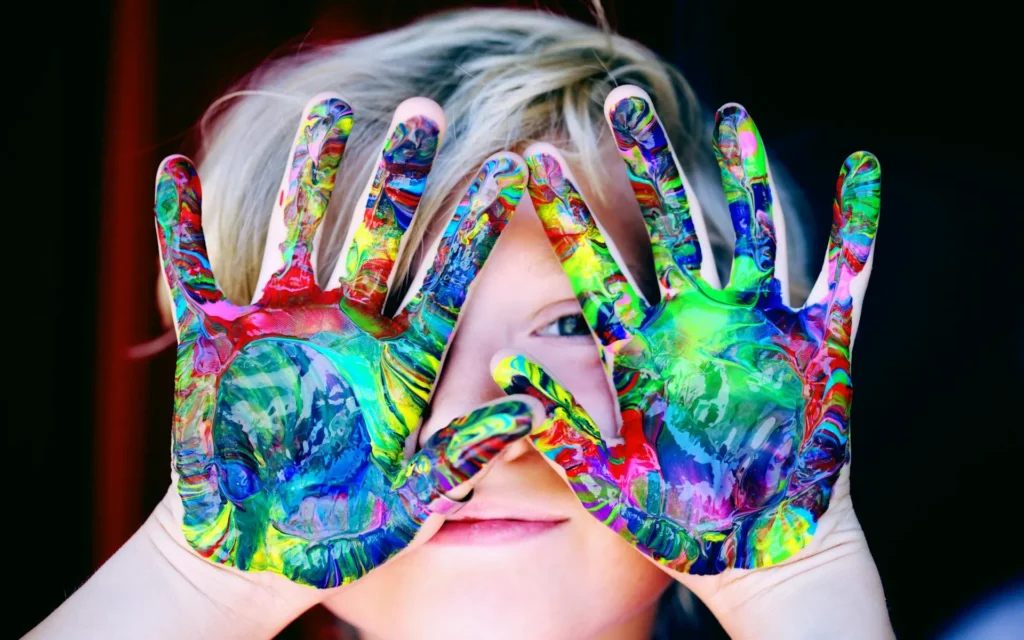
Creativity is one of the most valuable skills a child can develop. It helps them think outside the box, solve problems, and express themselves in unique ways. Unlike some traits that are inherited, creativity can be nurtured and encouraged. As parents, we can create an environment that inspires imagination and allows our children’s creativity to flourish. Here are some practical ways to help your child develop their creative potential.
Structured activities are great, but children also need unstructured playtime to explore and create freely. Provide toys that encourage imagination, such as building blocks, dolls, or art supplies. If you’re looking for toys that foster creativity, check out [My Site], where I promote a variety of engaging options.
While technology has its benefits, excessive screen time can limit a child’s ability to think creatively. Encourage hands-on activities like drawing, storytelling, or playing with puzzles. A balance between screen time and creative play ensures a child’s imagination remains active.
Kids are naturally curious. Instead of giving direct answers all the time, encourage them to think critically by asking, “What do you think?” or “How could we find out?” This approach stimulates problem-solving skills and encourages independent thinking.
Having a dedicated space for creativity, whether it’s a corner for arts and crafts or a cozy reading nook, gives children the freedom to experiment and explore. Make sure it’s stocked with materials like crayons, paper, building sets, and anything else that sparks creativity.
Storytelling enhances imagination and verbal skills. Encourage your child to make up their own stories or act out different scenarios. Puppets, costumes, and pretend play help children express their creativity while also improving their social and emotional skills.
Expose your child to various art forms—music, painting, theater, dance. Take them to museums, concerts, or even let them experiment with different artistic mediums at home. This exposure broadens their creative thinking and appreciation for different expressions.
Creativity thrives when children feel free to make mistakes. Encourage them to try new things without the fear of failure. Phrases like, “That was a great effort!” or “What did you learn from that?” help build confidence in their creative abilities.
Children learn by watching their parents. Engage in creative activities yourself—paint, write, cook, or build something new. When kids see adults embracing creativity, they feel encouraged to do the same.
Fostering creativity in children is one of the greatest gifts we can give them. It prepares them for a lifetime of innovation, problem-solving, and self-expression. By encouraging open-ended play, curiosity, and artistic exploration, we help children develop the confidence to think creatively.
Read Next
Read Next